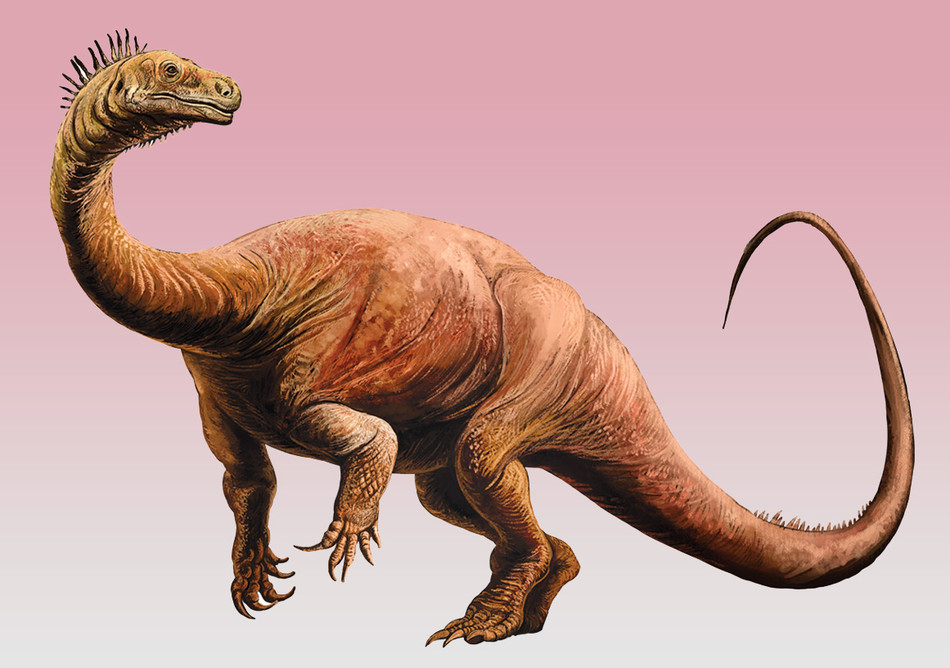These Dinosaurs Were Homebodies, and Now Scientists Know Why
Some of the earliest dinosaurs, including the gigantic, long-necked plant-eaters known as sauropodomorphs, were curiously lacking in wanderlust. After emerging 230 million years ago, the sauropodomorphs, a group that would eventually include the iconic brontosaurus and brachiosaurus, inhabited an area that is now Brazil and Argentina for millions of years before venturing off in search of new stomping grounds.
Why did these dinosaurs wait so long to roam?
A team of geologists led by Dennis Kent ’74GSAS of Columbia’s Lamont-Doherty Earth Observatory and Lars Clemmensen of the University of Copenhagen believe they have discovered the answer. By using magnetic-dating techniques to analyze sediments from fossil sites across North America, the scientists recently established that the timing of the dinosaurs’ departure from South America corresponds almost perfectly with a well-documented drop in global temperatures that followed millions of years of scorching conditions on earth. The correlation in timing leads Kent and Clemmensen to argue, in a new paper in the Proceedings of the National Academy of Sciences, that it was only after temperatures normalized, some 214 million years ago, that the equatorial region to the north would have become passable.
The new research solves a mystery that was all the more puzzling, Kent says, because at that time the world’s landmasses were fused together in a single supercontinent, called Pangaea, which should have been relatively easy to traverse.
“In principle, the dinosaurs could have walked from almost one pole to the other,” he says. “There was no ocean in between. There were no big mountains. And yet it took them fifteen million years to get out of South America. Snails could have done it faster.”



